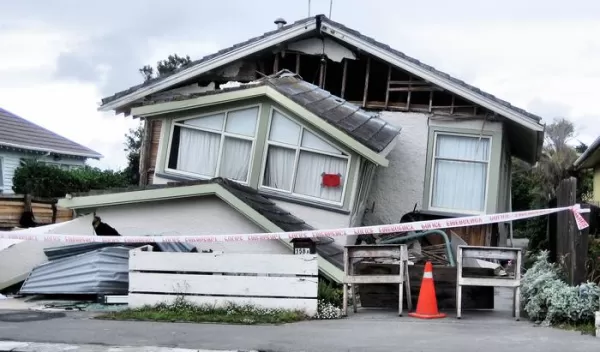
Scientists isolate early-warning tremor pattern in lab-made earthquakes
Researchers at The University of Texas at Austin have successfully isolated a pattern of lab-made 'foreshock' tremors. The finding offers hope that future earthquakes could be forecast by a swarm of smaller previous tremors.
The U.S. National Science Foundation-supported study appears in the journal Nature Communications.
The next step is to replicate the results in the real world. Lead researcher Chas Bolton will begin that work this year, starting in Texas, where he hopes to isolate similar patterns in measurements made by the state's seismological network, TexNet.
"If we're ever going to predict or forecast earthquakes, then we need to be able to measure, characterize and understand what's happening right before the earthquake," said Bolton.
Earthquakes happen in irregular cycles, making it difficult to know when or where the next one may strike. Although seismic records show that tremors and other geological movements occur before large earthquakes, earthquake faults produce as many random rumbles as meaningful tremors.
Scientists have long searched for clues that could help signal an earthquake is on the way. Bolton's approach involved making his own earthquakes in the lab and looking for patterns in the seismic "noise" that preceded the quakes.
Bolton and collaborators measured earthquake cycles on a miniature lab-made fault at Penn State. The fault is only two-inches long — orders of magnitude smaller than the real thing. But experiments revealed a pattern of tremors that got stronger and occurred closer together as the lab earthquake approached. No such pattern was found for slower or weaker earthquakes.
This pattern is significant because it means the tremors are connected to the main shock, Bolton said. "It gives you a physical explanation for what's controlling the foreshocks," he said. It also gives researchers a telltale pattern to look for in the real world.
Detecting such patterns won't be easy on faults that are hundreds of miles long and reach deep into the Earth. Still, the findings spotlight why it's so important to wire up real-world faults with seismic monitors that can detect subtle changes in the Earth, said co-author Demian Saffer at UT Austin.
